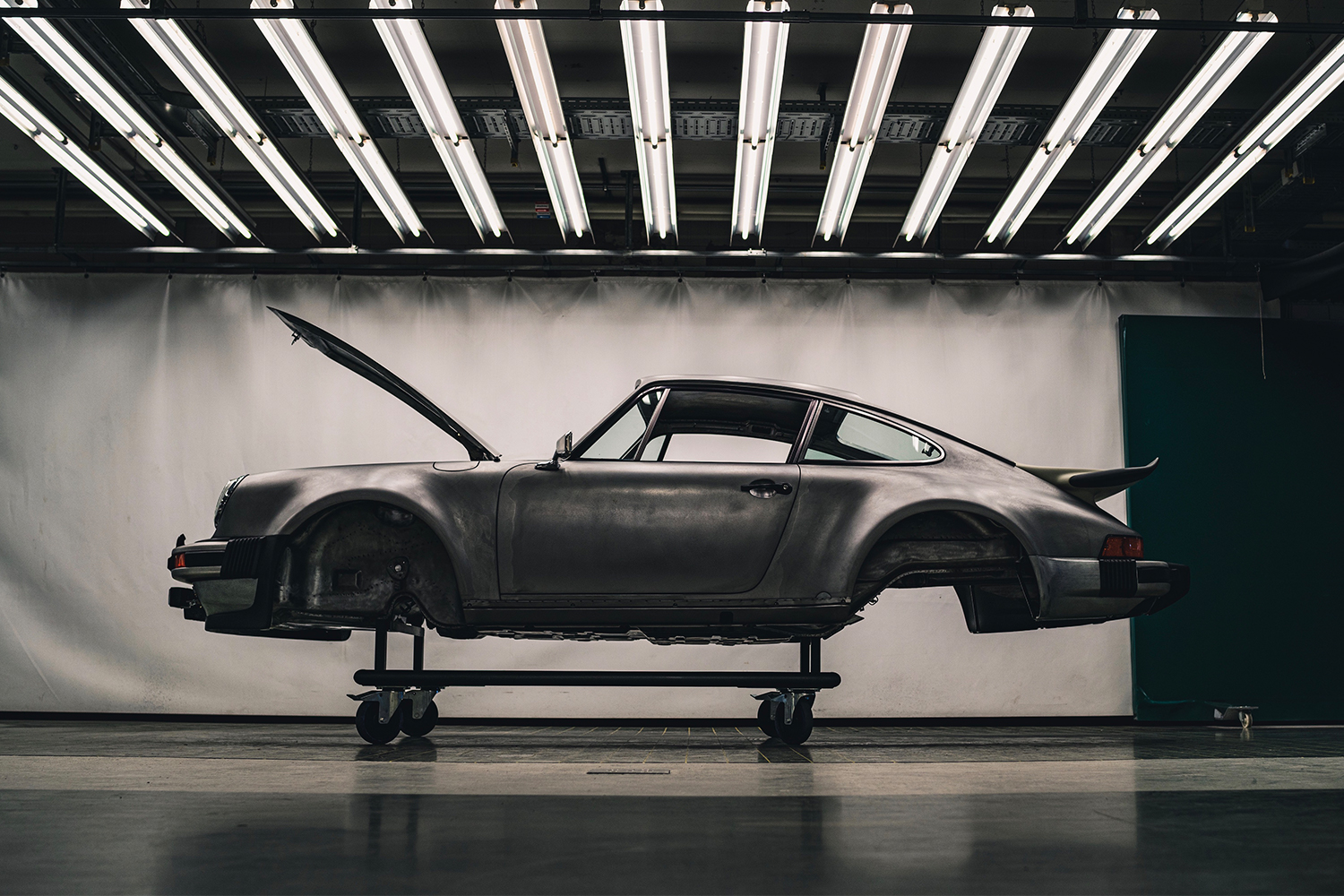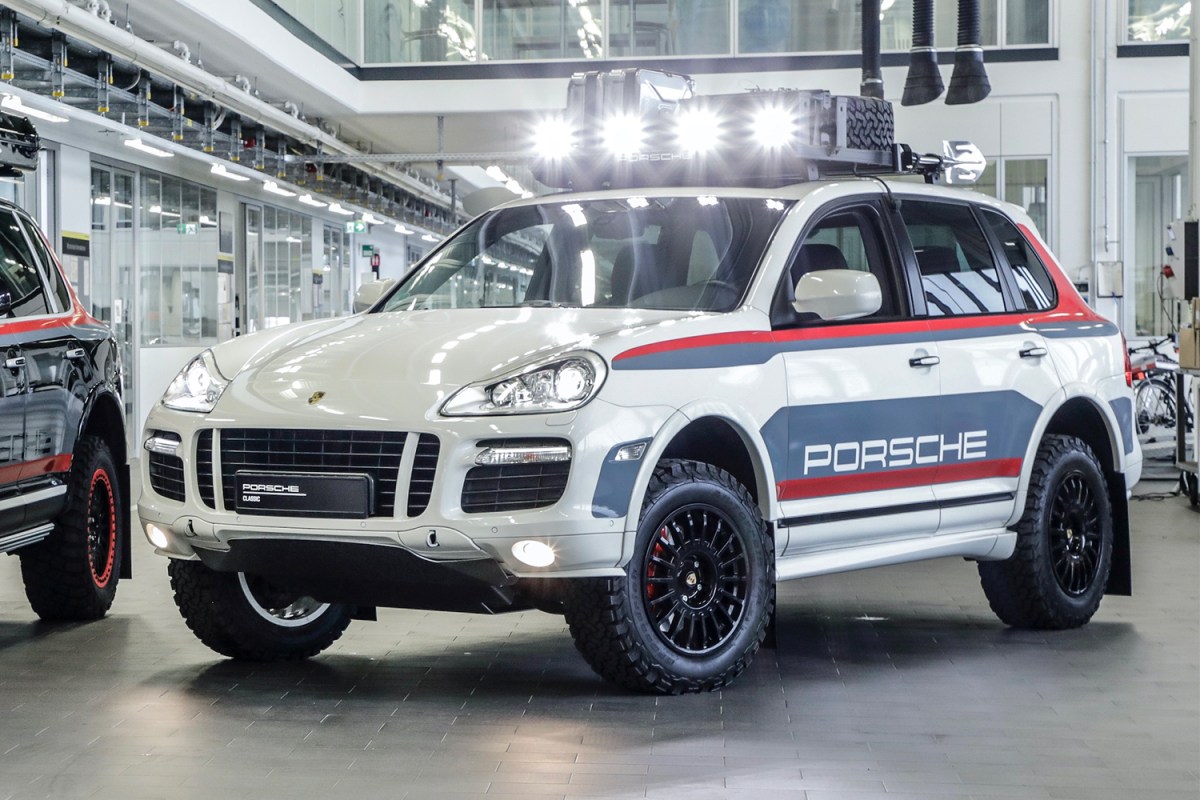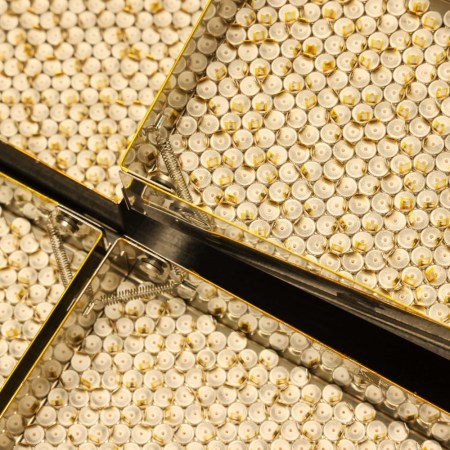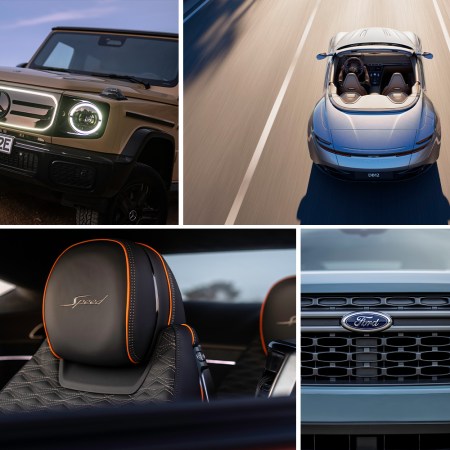As the saying goes, everything is for sale if the price is right. In the world of luxury automobiles, that can sometimes mean going to an automaker with a blank check and saying, “Build me my dream machine.” But what happens if they say no? Or even worse, that it can’t be done?
Historically, that’s where the independent tuners, restorers, restomodders and other custom shops come into play. But in the 21st century, we’ve seen the niche appetite for personalized sports cars, SUVs and trucks expand to Brobdingnagian proportions, and the providers along with it.
On one end you have Gateway’s six-figure Ford Broncos, on the other you have the Pimp My Ride shop’s Rolls-Royce for Justin Bieber that looks like it wandered off the set of Tron. In both cases, it appears the carmakers themselves are taking notice. Over at Ford, the Blue Oval launched the new Bronco with hundreds of factory accessories to stave off buyers driving their brand-new off-roaders straight into the arms of another parts supplier; meanwhile, Rolls-Royce recently revived its Coachbuild department so well-heeled celebrities like the Biebs could design their own one-off cars with custom bodywork in-house (Beyoncé and Jay-Z may have bought the first example).
For no other company is this battle between the aftermarket and the automaker more pronounced than at Porsche. The German brand has cultivated one of the most loyal fanbases in motoring during its 90-year reign, with even previously lambasted models eventually gaining favor. But that passion doesn’t always stay in the family. High-profile shops like Singer Vehicle Design and Emory Motorsports have made the act of reconfiguring and even chopping up Porsche’s handiwork not only acceptable, but desirable. Want an off-road 911? A Baja Macan? What about a Safari supercar? Those are all on the table, at places outside of Stuttgart and Weissach.
That’s not to say that Porsche hasn’t always offered its own slate of custom options, but earlier this summer, the company announced that it was getting serious, expanding its Porsche Exclusive Manufaktur, Porsche Tequipment and Porsche Classic divisions in order to meet “special requests to an even greater extent, with a new and significantly extended range of products and services.”
In practice, that means customers can now do things like design personalized illuminated logo projectors for the vehicle doors, emboss their own signature on the leather interior and buy a wealth of new performance parts for both old and new cars. To demonstrate the possibilities, the Classic division built two off-road versions of the first-generation Cayenne SUV with roof racks, beefy tires and red, white and blue liveries. But the most tantalizing prospect is the return of the company’s Sonderwunsch (or special request) program, which started in the late 1970s, and according to a press release “will make it possible to design individualized one-off cars in the future — co-created by the customer and realized professionally by Porsche.”

To get some insight into how that would work, we got in touch with Porsche Classic to walk us through the build process specifically for American buyers.
“U.S. market customers would work with a team of Exclusive Manufaktur team members in the U.S. and Germany as well as Germany based engineers, designers and vehicle technicians,” a Porsche Classic spokesperson tells InsideHook. “Together they become a unique project team to spend roughly the first year in a concept phase. If the starting vehicle is a Classic, a member of the Factory Restoration [team] in Atlanta and Stuttgart will also be involved.”
A number of customers are already discussing concept-phase contracts, and the first meeting for Sonderwunsch Factory One-Offs will take place in Germany sometime before the end of the year.
“After the concept phase is complete, and the customer wants to build their dream, the project team enters a realization phase,” the spokesperson says. “Here the customer is positioned as one of the leads of the project, creating an immersive experience like none other for a customer and their Porsche. Although it may take two to three years to build the final vehicle, it is an experience that no one could ever forget.”
That process doesn’t simply include interacting with the design department, but also vehicle testing in wind tunnels and on the track. In other words, if you don’t have a dream machine in mind down to the bodywork, engine configuration and headrest material, you may want to stick to the plug-and-play options.
Naturally, Porsche was unwilling to give a price range for the lavish Sonderwunsch experience, simply saying, “One cannot predict how far another’s imagination may go.”
This article was featured in the InsideHook newsletter. Sign up now.























